Related Research Articles
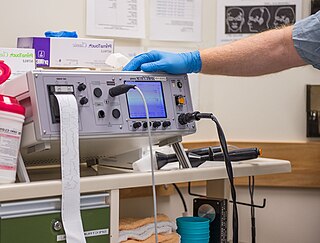
Electroconvulsive therapy (ECT) or electroshock therapy (EST) is a psychiatric treatment during which a generalized seizure is electrically induced to manage refractory mental disorders. Typically, 70 to 120 volts are applied externally to the patient's head, resulting in approximately 800 milliamperes of direct current passing between the electrodes, for a duration of 100 milliseconds to 6 seconds, either from temple to temple or from front to back of one side of the head. However, only about 1% of the electrical current crosses the bony skull into the brain because skull impedance is about 100 times higher than skin impedance.

Galvanism is a term invented by the late 18th-century physicist and chemist Alessandro Volta to refer to the generation of electric current by chemical action. The term also came to refer to the discoveries of its namesake, Luigi Galvani, specifically the generation of electric current within biological organisms and the contraction/convulsion of biological muscle tissue upon contact with electric current. While Volta theorized and later demonstrated the phenomenon of his "Galvanism" to be replicable with otherwise inert materials, Galvani thought his discovery to be a confirmation of the existence of "animal electricity," a vital force which gave life to organic matter.

An electrical injury, or electrical shock is damage sustained to the skin or internal organs on direct contact with an electric current.
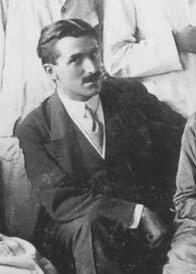
Ugo Cerletti was an Italian neurologist who discovered the method of electroconvulsive therapy (ECT) used in psychiatry. Electroconvulsive therapy is a therapy in which electric current is used to provoke a seizure for a short duration. This therapy is used in an attempt to treat certain mental disorders, and may be useful when other possible treatments have not, or cannot, cure the person of their mental disorder.

Julius Wagner-Jauregg was an Austrian physician, who won the Nobel Prize in Physiology or Medicine in 1927, and is the first psychiatrist to have done so. His Nobel award was "for his discovery of the therapeutic value of malaria inoculation in the treatment of dementia paralytica".
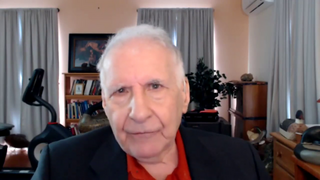
Peter Roger Breggin is an American psychiatrist and critic of shock treatment and psychiatric medication and COVID-19 response. In his books, he advocates replacing psychiatry's use of drugs and electroconvulsive therapy with psychotherapy, education, empathy, love, and broader human services.
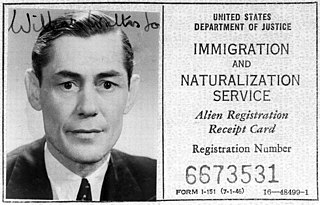
William Walters Sargant was a British psychiatrist who is remembered for the evangelical zeal with which he promoted treatments such as psychosurgery, deep sleep treatment, electroconvulsive therapy and insulin shock therapy.

Thomas Beddoes was an English physician and scientific writer. He was born in Shifnal, Shropshire and died in Bristol fifteen years after opening his medical practice there. He was a reforming practitioner and teacher of medicine, and an associate of leading scientific figures. He worked to treat tuberculosis.

Insulin shock therapy or insulin coma therapy was a form of psychiatric treatment in which patients were repeatedly injected with large doses of insulin in order to produce daily comas over several weeks. It was introduced in 1927 by Austrian-American psychiatrist Manfred Sakel and used extensively in the 1940s and 1950s, mainly for schizophrenia, before falling out of favour and being replaced by neuroleptic drugs in the 1960s.
"Desiderata" is an early 1920s poem by Max Ehrmann.

Leo Alexander was an American psychiatrist, neurologist, educator, and author, of Austrian-Jewish origin. He was a key medical advisor during the Nuremberg Trials. Alexander wrote part of the Nuremberg Code, which provides legal and ethical principles for scientific experiment on humans.
Electroconvulsive therapy is a controversial psychiatric treatment in which seizures are induced with electricity. ECT was first used in the United Kingdom in 1939 and, although its use has been declining for several decades, it was still given to about 11,000 people a year in the early 2000s.

The History and Present State of Electricity (1767), by eighteenth-century British polymath Joseph Priestley, is a survey of the study of electricity up until 1766, as well as a description of experiments by Priestley himself.
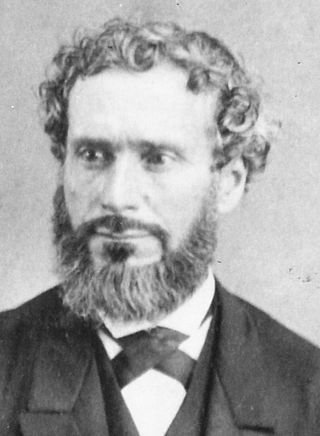
Charles Grafton Page was an American electrical experimenter and inventor, physician, patent examiner, patent advocate, and professor of chemistry.
Linda Andre was an American psychiatric survivor activist and writer, living in New York City, who was the director of the Committee for Truth in Psychiatry (CTIP), an organization founded by Marilyn Rice in 1984 to encourage the U.S. Food and Drug Administration (FDA) to regulate electroconvulsive therapy (ECT) machines.
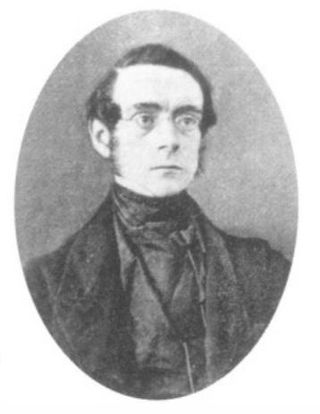
Golding Bird was a British medical doctor and a Fellow of the Royal College of Physicians. He became a great authority on kidney diseases and published a comprehensive paper on urinary deposits in 1844. He was also notable for his work in related sciences, especially the medical uses of electricity and electrochemistry. From 1836, he lectured at Guy's Hospital, a well-known teaching hospital in London and now part of King's College London, and published a popular textbook on science for medical students called Elements of Natural Philosophy.

The Pulvermacher chain, or in full as it was sold the Pulvermacher hydro-electric chain, was a type of voltaic battery sold in the second half of the 19th century for medical applications. Its chief market was amongst the numerous quack practitioners who were taking advantage of the popularity of the relatively new treatment of electrotherapy, or "electrification" as it was then known. Its unique selling point was its construction of numerous linked cells, rendering it mechanically flexible. A variant intended to be worn wrapped on parts of the body for long periods was known as Pulvermacher's galvanic chain or electric belt.

Dr. Omar Fakhri(الدكتور عمر فخري) is an Iraqi medical scientist who is best known for his research in several areas: the role of vitamin K in treating hemorrhagic diathesis in children, the cooperation between antibodies and lymphocytes and their role in immune response, the use of peritoneal macrophages in the treatment of resistant infections in leukemia patients, the effect of electroconvulsive therapy on diabetes and the use of low voltage electrotherapy in the treatment of resistant skin burns, psoriasis, exophthalmos, aplastic anaemia and other diseases.

David John Impastato was an American neuropsychiatrist who pioneered the use of electroconvulsive therapy (ECT) in the United States. A treatment for mental illness initially called "electroshock," ECT was developed in 1937 by Dr. Ugo Cerletti and Lucio Bini, working in Rome. Impastato has been credited with the earliest documented use of the revolutionary method in North America, administered in early 1940 to a schizophrenic female patient in New York City. Soon after, he and colleague Dr. Renato Almansi completed the first case study of ECT to appear in a U.S. publication. Impastato spent the next four decades refining the technique, gaining recognition as one of its most authoritative spokesmen. He taught, lectured widely and published over fifty articles on his work. He called on ECT practitioners to observe the strictest protocols of patient safety, countered resistance to ECT from both the medical and cultural establishments, and met later challenges to electroconvulsive therapy from developments in psychopharmacology. Impastato would live to see ECT recommended by the American Psychiatric Association for a distinct core of intractable mental disorders. The U.S. Food and Drug Administration took longer to respond to the treatment's potential. But in 2016 the FDA drafted guidelines for ECT similar to those of the APA, as well as proposing regulations for treatment with Class II and Class III devices. Though still not free of controversy, electroconvulsive therapy is the treatment of choice for an estimated 100,000 patients a year in the United States.
The Montreal experiments were a series of experiments, initially aimed to treat schizophrenia by changing memories and erasing the patients' thoughts using the Scottish psychiatrist Donald Ewen Cameron's method of "psychic driving", as well as drug-induced sleep, intensive electroconvulsive therapy, sensory deprivation and Thorazine. The experiments were conducted at the Allan Memorial Institute of McGill University between 1957 and 1964 by Cameron and funded by the CIA as part of Project MKUltra, which lasted until 1973 and was only revealed to the public in 1975.
References
- ↑ Randy L. Maddox, Jason E. Vickers The Cambridge Companion to John Wesley 2009 Page 173 "One other characteristic of Wesley's engagement with the study of nature ... Wesley's embrace of this basic emphasis is evident in The Desideratum; or, Electricity Made Plain and Useful (1760). ...accounts of medical benefits of electrical shock. I Whereas some viewed these accounts with scorn, Wesley collected them and added accounts from his own experiments in public clinics with "electrifying machines." He then published them
- ↑ Linda S. Schwab, essay This Curious and Important Subject - John Wesley and The Desideratum, in Inward & Outward Health: John Wesley's Holistic Concept of Medical Science ed. Deborah Madden 2008, republished 2012 Page 169 ".. has elicited a wide range of evaluations from scholars of the last ... Discussion of its place (if any) in the history of medicine has been complicated and often compromised by a persistent and critical misunderstanding: that the only contemporary application of electricity in medicine is electroconvulsive therapy ."